Hive Earth has pioneered rammed-earth construction methods in Africa and currently has four permanent members on staff.
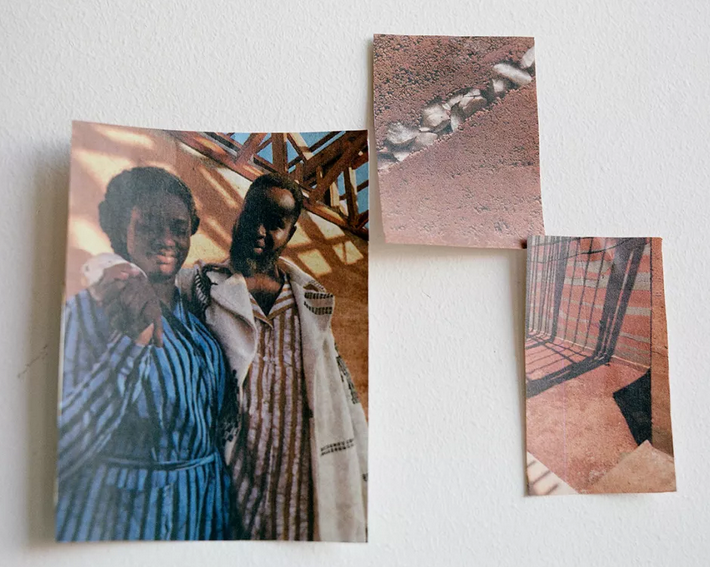 Husband-and-wife team Joelle Eyeson and Kwame Deheer formally established Hive Earth in 2017. UK-born and -raised Eyeson and Ghanaian Deheer were united by common interests and their passion for eco-friendly construction. They established Hive Earth to combine sustainability and a desire to bring traditional, African ways of building into contemporary architecture.
Husband-and-wife team Joelle Eyeson and Kwame Deheer formally established Hive Earth in 2017. UK-born and -raised Eyeson and Ghanaian Deheer were united by common interests and their passion for eco-friendly construction. They established Hive Earth to combine sustainability and a desire to bring traditional, African ways of building into contemporary architecture.
Eyeson’s strong background in business and property management, as well as her interior design degree, perfectly complements Deheer’s creative approach, draftsmanship, and experience in some of Ghana’s largest real estate companies. Together, the pair, who employ an in-house architect and also work closely with external architecture studios, pushes the boundaries of what it means to build with rammed earth. “It helps regulate internal air quality, the earth feels fresher, it’s natural, it’s non toxic,”explains Eyeson.
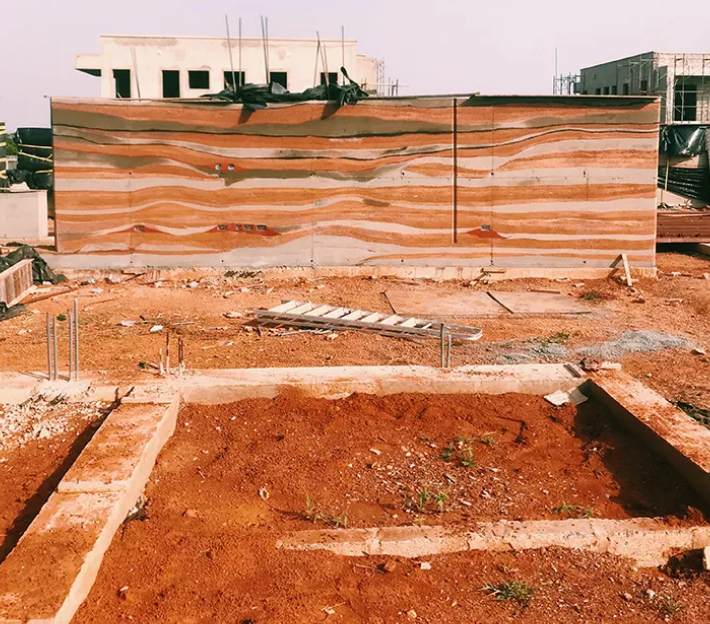 Eyeson and Deheer also collaborate with ArchiFair to help conduct workshops and spread the word about rammed earth building techniques. They feel education in eco-friendly construction methods is something often missing from mainstream architecture education.
Eyeson and Deheer also collaborate with ArchiFair to help conduct workshops and spread the word about rammed earth building techniques. They feel education in eco-friendly construction methods is something often missing from mainstream architecture education.
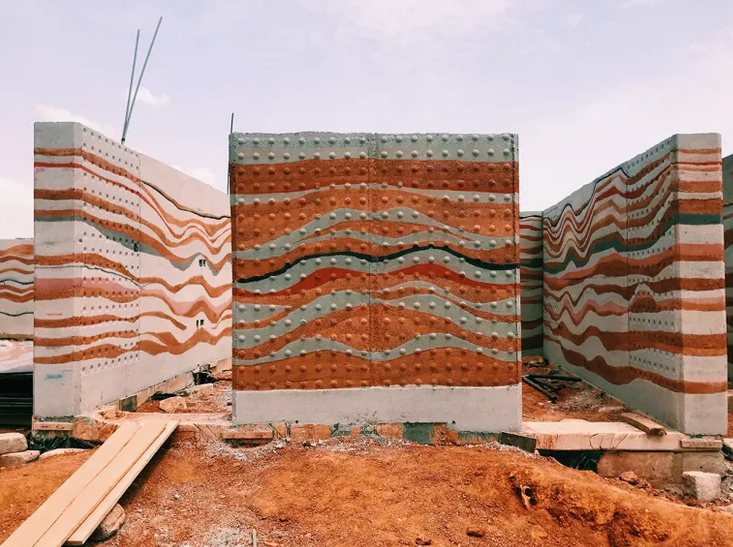 Past works have included smaller scale projects, such as feature walls and smaller structures – a library in Ghana’s eastern regions is an example. Now there’s a big project about to be completed – a three-story gallery in Accra, the biggest they’ve built so far – alongside an office building and a key project in Nigeria, which they feel ‘will be one of the most significant buildings in the continent when it’s done.’ At the same time, they are in discussions about projects beyond the continent, in Europe and Asia.
Past works have included smaller scale projects, such as feature walls and smaller structures – a library in Ghana’s eastern regions is an example. Now there’s a big project about to be completed – a three-story gallery in Accra, the biggest they’ve built so far – alongside an office building and a key project in Nigeria, which they feel ‘will be one of the most significant buildings in the continent when it’s done.’ At the same time, they are in discussions about projects beyond the continent, in Europe and Asia.
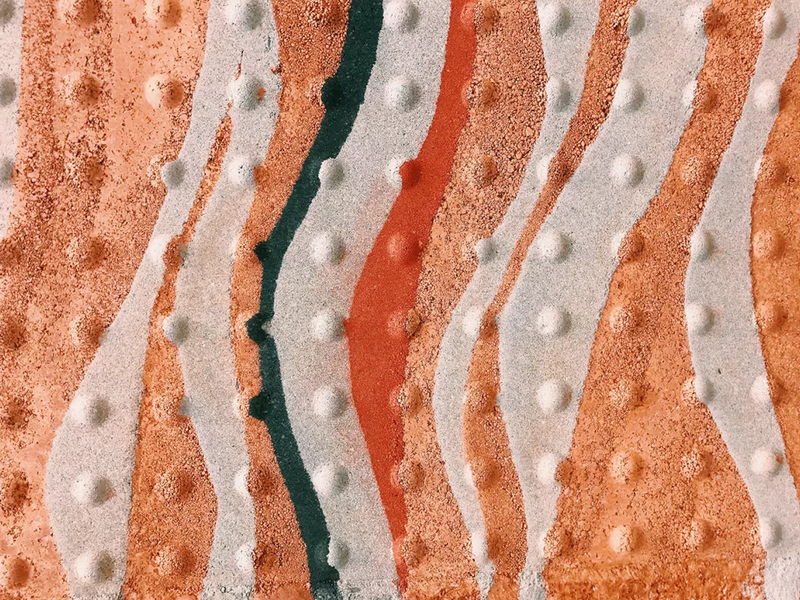 ‘We are also very much looking forward to getting more into art curation in our work; we really want to look at playing with natural color pigments that can be found from rocks, we want to explore different patterns and shapes we can form. We’re looking to be more creative and show the world what can be done with earth in Africa,’ says Eyeson.
‘We are also very much looking forward to getting more into art curation in our work; we really want to look at playing with natural color pigments that can be found from rocks, we want to explore different patterns and shapes we can form. We’re looking to be more creative and show the world what can be done with earth in Africa,’ says Eyeson.
You can read the original article at www.wallpaper.com
Also see this earlier post: naturalbuildingblog.com

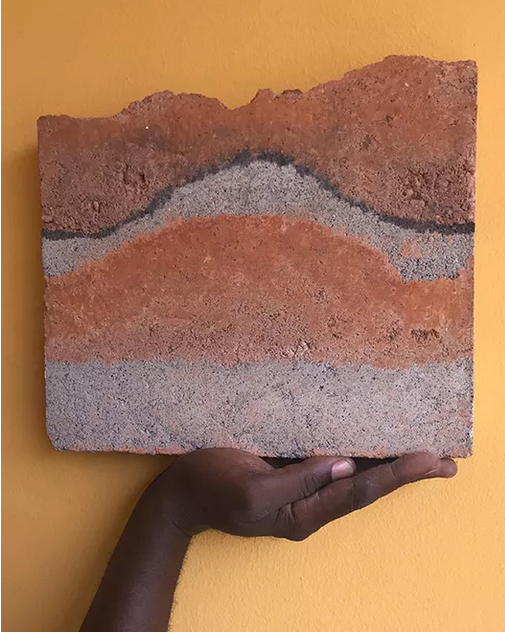
Can it ve help building in kenya ,no one is doing this in kenya
You might read https://naturalbuildingblog.com/long-term-housing-for-refugees-in-kenya/ and https://www.earthbagbuilding.com/pdf/domemanual.pdf